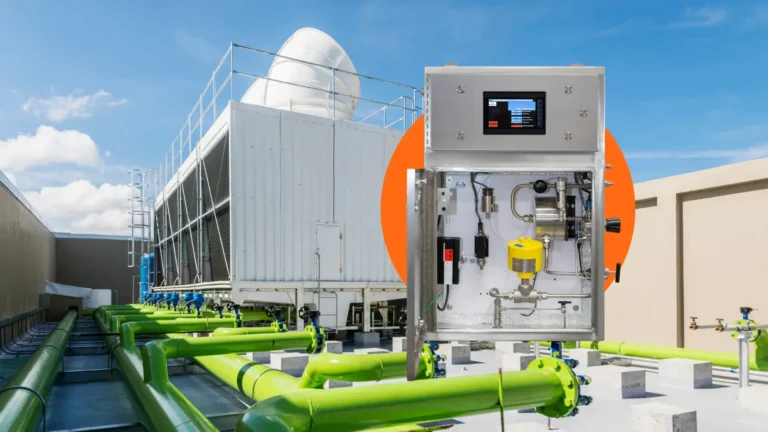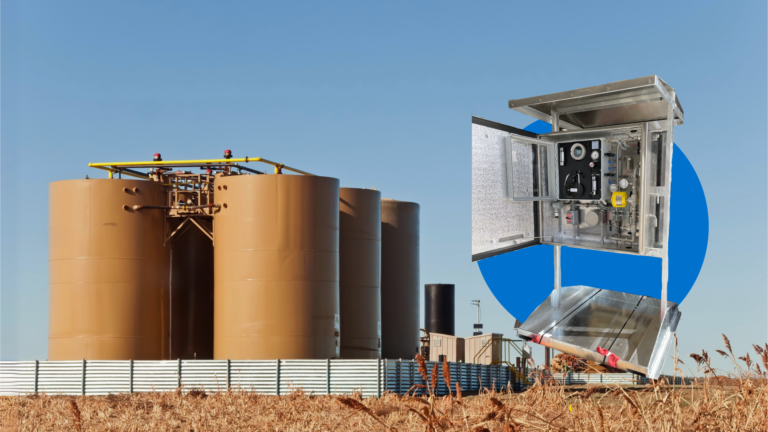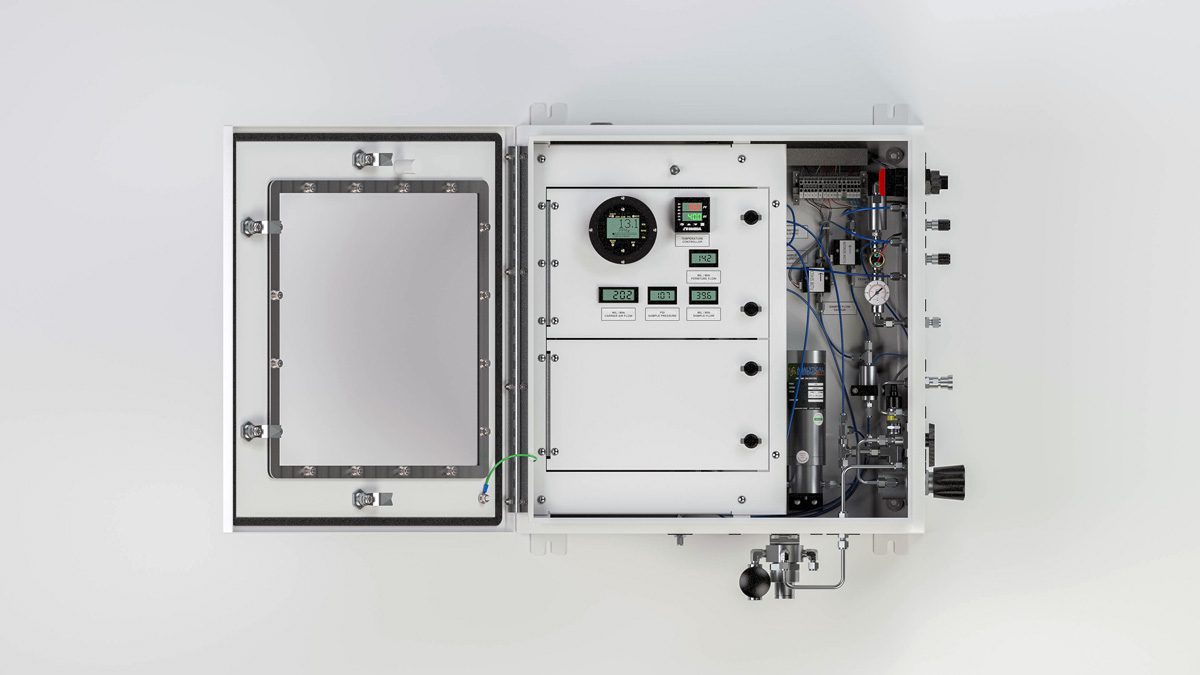Exploring Various H2S Testing Methods And Their Applications
May 9, 2023
Hydrogen sulfide (H2S) is a colorless, flammable gas with a characteristic odor of rotten eggs. Despite its smell making it easily detectable at low concentrations by the human nose, at high concentrations, it can be dangerous or even fatal.
This makes the accurate detection and measurement of H2S crucial in numerous industrial processes and environmental monitoring. Below, we explore the different methods of H2S analysis, with a special focus on the state-of-the-art H2S analyzers offered by KECO.
A Brief Overview of Hydrogen Sulfide (H2S) Analysis Methods
- Colorimetric Tubes: Colorimetric tubes are filled with a substance that changes color in the presence of H2S. The length of the color change in the tube can be used to estimate the concentration of H2S. This method is simple, portable, and does not require a power source, making it useful for quick spot checks.
- Gas Detectors: Portable gas detectors can measure H2S levels. These detectors often use electrochemical cells, where a reaction involving H2S produces an electric current proportional to the H2S concentration. These are ideal for personal protection and area monitoring.
- Gas Chromatography (GC): Gas chromatography can separate and quantify H2S in a laboratory setting. The sample is injected into a stream of carrier gas, and as the mixture travels through a column, different components (including H2S) will elute at different times, which can be detected and quantified.
- Spectrophotometry: This method involves the absorption of light by H2S at certain wavelengths. By passing light through a sample and measuring the light that comes out the other side, the concentration of H2S can be determined. This method is usually used for laboratory analysis.
- Wet Chemistry Methods: Wet chemistry methods often involve reacting H2S with another chemical to produce a precipitate or a color change, which can then be measured to determine the H2S concentration. For instance, one might use a solution of lead acetate, which reacts with H2S to form lead sulfide, a dark compound.
Keco H2S Analyzers: Advanced Solutions For H₂s Testing
What KECO Offers
Below, we explore some of the H2S analyzers offered by KECO:
- Dual H2S & CO2 Gas Analyzer: This analyzer is designed to simultaneously measure both H2S and CO2 levels, providing a comprehensive solution for gas analysis.
- H2S and Total Sulfur Analyzer: This device can simultaneously measure H2S and total sulfur content, making it an essential tool for industries dealing with sulfur compounds.
- H2S Analyzer: The general H2S analyzer from KECO is a reliable tool for detecting and measuring H2S in various applications.
- H2S in Condensate Analyzer: Designed to measure H2S levels in condensate, a product of natural gas processing, this analyzer provides valuable data for the energy sector.
- H2S in Crude Oil Analyzer: This analyzer is an essential tool in the oil industry, helping operators manage H2S levels in crude oil and ensure safe and efficient operations.
- H2S in Diesel Process Analyzer: As H2S can be a byproduct in diesel production, this analyzer provides key insights into the diesel production process.
- Electrochemical H2S in Gas Analyzer: This analyzer combines the principles of electrochemistry with the accuracy of KECO’s design, providing precise measurements of H2S content in gas samples.
- H2S in Liquids Analyzer: This analyzer is designed to measure H2S content in various liquid samples, making it a versatile tool in numerous industries.
- Laboratory H2S Analyzer: This analyzer is a dependable tool for laboratory settings, providing precise H2S measurements in controlled environments.
- Portable H2S Analyzer: For field measurements and spot-checking, KECO’s portable H2S analyzer is a go-to tool, combining portability with the reliability and accuracy of KECO’s design.
Get Accurate And Reliable Measurement of H2S With KECO
Accurate and reliable measurement of H2S is crucial in many industries and environmental monitoring. While several methods exist for H2S analysis, each with its own advantages and limitations, KECO H2S analyzers offer a comprehensive range of solutions that combine the best of all worlds.
Whether it’s laboratory analysis, field measurements, process monitoring, or measuring H2S in different mediums such as gas, liquid, or crude oil, KECO has an analyzer tailored to the task.
With their easy-to-use design, resistance to cross-interference, and reliability in harsh conditions, KECO H2S analyzers stand out as advanced solutions in the field of H2S analysis.
Whether you’re in the energy sector dealing with natural gas and crude oil, part of an industrial process where H2S is a byproduct, or involved in environmental monitoring, consider KECO H2S analyzers as a trusted partner in achieving accurate and reliable H2S measurements.
Request a Budgetary Quote for Your Application
Provide your project specifications, industry details, and end-use location to receive a tailored pricing estimate from our team.
Request Budgetary Price





